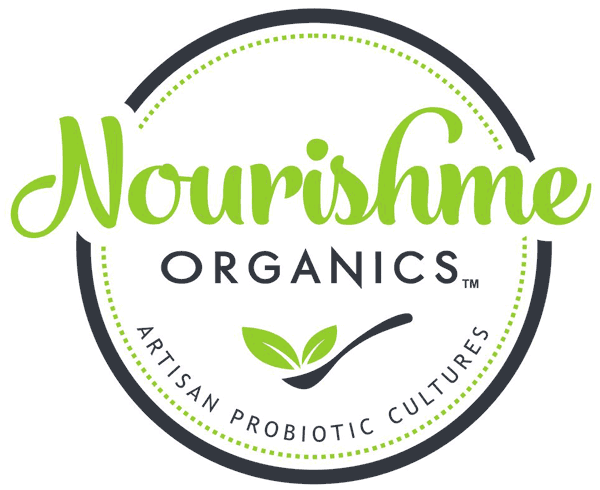Sayuran Fermentasi: Asal Usulnya dan Mengapa Sayuran Fermentasi Sangat Enak

Sayuran yang difermentasi seperti asinan kubis, kimchi, dan mentimun (alias "acar") dianggap sebagai salah satu hal besar berikutnya dalam budaya kuliner. Sayuran ini semakin banyak muncul di menu restoran, buku resep dan blog, di rak-rak supermarket, dan dalam berita tentang tren makanan kesehatan terkini.
Namun, acar sebenarnya telah menjadi makanan pokok bagi berbagai budaya di seluruh dunia selama ribuan tahun. Para arkeolog dan antropolog percaya bahwa acar pertama kali dibuat dari mentimun sekitar 4.400 tahun yang lalu di Mesopotamia kuno (daerah yang sekarang kita sebut Timur Tengah).
Pengasinan pada awalnya dikembangkan sebagai cara untuk mengawetkan makanan, khususnya mentimun, kubis, buah zaitun, dan bit. Seiring berjalannya waktu dan teknik serta pilihan pengasinan semakin meluas, berbagai tokoh sejarah memuji dan merujuknya, termasuk Cleopatra, Aristoteles, Ratu Elizabeth I, dan Shakespeare.
Pengasinan menjadi lebih umum selama masa kelaparan dan kelangkaan di seluruh dunia, sebelum secara bertahap menjadi bagian dari makanan sehari-hari di negara-negara seperti India, Rusia, Korea, Iran dan bahkan Amerika.
Saat ini, acar sayuran populer dalam masakan umum berkat rasa, tekstur, dan beragam manfaat kesehatan yang menyertainya. Misalnya, asinan kubis kaya akan vitamin C dan K, serta zat besi dan probiotik. Kimchi, sepupunya dari Korea, juga dikaitkan dengan peningkatan metabolisme berkat rempah-rempah yang ditambahkan ke dalam campurannya. Manfaat kesehatan lain yang terkait dengan acar sayuran meliputi:
- Meningkatkan pencernaan
- Kadar gula darah stabil
- Menurunkan kolesterol
- Penurunan berat badan
- Sistem kekebalan tubuh yang meningkat
- Lebih sedikit timbulnya jerawat (misalnya jerawat, ruam)
- Peningkatan penyerapan mineral
- Nafsu makan yang teratur
- Peningkatan kesejahteraan secara keseluruhan
Sayuran acar juga cenderung lebih mudah dicerna daripada pilihan segar dan mengandung serat dalam jumlah sehat yang juga bermanfaat sebagai bagian dari diet sehat dan seimbang.
Acar Komersial vs. Acar Tradisional

Jika Anda ingin memasukkan lebih banyak acar ke dalam makanan Anda sebagai bagian dari gaya hidup sehat, penting untuk memahami perbedaan antara pilihan acar komersial dan tradisional.
Acar komersial, seperti yang Anda lihat di rak-rak supermarket, biasanya diasamkan menggunakan campuran cuka, gula, dan panas yang memasak sayuran. Panas tinggi yang digunakan dalam metode pengasinan ini, ditambah gula, membunuh bakteri baik yang terkait dengan hampir semua manfaat kesehatan yang terkait dengan acar.
Di sisi lain, pengawetan tradisional menggunakan proses fermentasi alami untuk mengawetkan sayuran. Biasanya, pengawetan jenis ini dibuat dengan garam dan/atau kultur starter seperti air garam dari fermentasi sebelumnya, biji kefir atau kombucha.
Metode garam-ke-air garam merupakan cara paling umum untuk mengasinkan (dan memfermentasi) sayuran secara tradisional karena sangat mudah: setelah Anda mengasinkan sayuran satu kali, Anda dapat menggunakan air perasan acar untuk memulai lagi dan terus melakukannya selama yang Anda inginkan.
Sayuran acar tradisional biasanya dapat dibeli dari toko makanan kesehatan atau pasar tradisional, tetapi banyak orang memilih untuk membuat acar sendiri. Cara ini tidak hanya menghemat uang, tetapi juga berarti Anda dapat menikmati proses pembuatan sesuatu yang sehat dan lezat di rumah.
Kredit gambar: Acar sayuran, Siddhantsahni28 ( Wikimedia Commons ).












